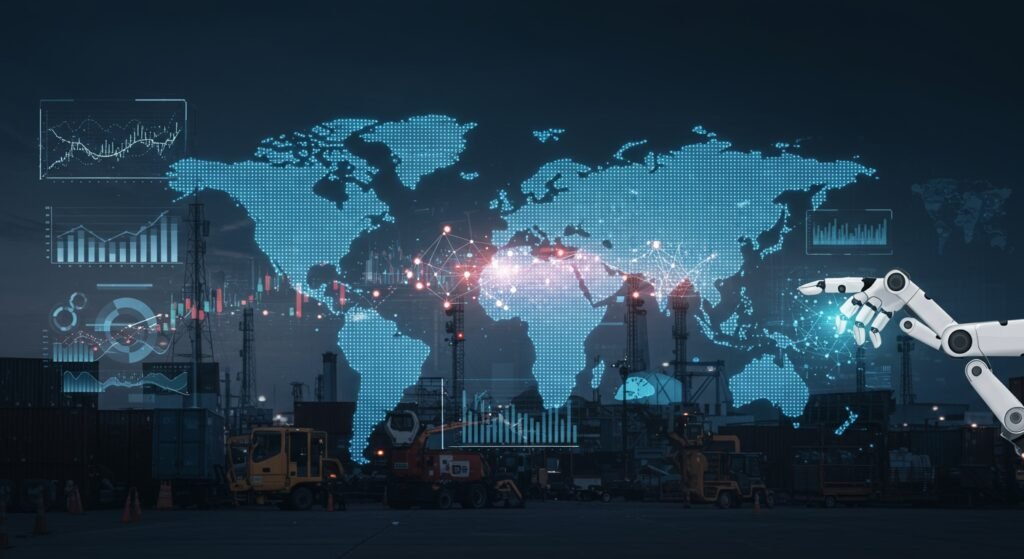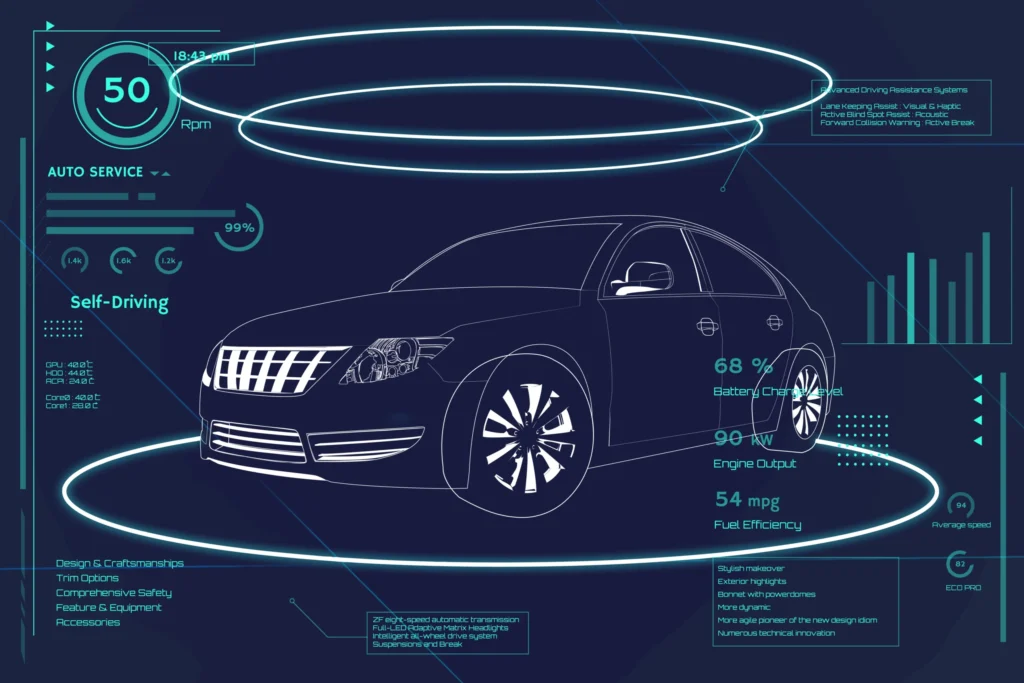AI-Powered Demand Forecasting: Revolutionizing Business Operations
In today’s volatile global market, accurate demand forecasting is no longer a luxury but a necessity. Businesses are constantly seeking innovative ways to predict future customer demand, optimize inventory, and streamline supply chains. This is where AI-Powered Demand Forecasting emerges as a game-changer. By leveraging advanced algorithms and vast datasets, AI transforms traditional forecasting methods into highly precise, dynamic, and actionable insights. This article explores how artificial intelligence is not just enhancing, but truly revolutionizing the way companies approach demand prediction, offering unparalleled accuracy and efficiency.
Table of Contents
The Unprecedented Benefits of AI-Powered Demand Forecasting
The adoption of AI in demand forecasting brings a multitude of strategic advantages for businesses across various sectors, especially within industrial engineering and retail. It moves beyond historical data analysis to incorporate real-time variables, external factors, and complex patterns.
Enhanced Accuracy and Precision
Traditional forecasting models often struggle with volatility and unpredictable market shifts. AI, particularly machine learning models, can process immense volumes of data, identify subtle trends, and adapt to changing conditions with remarkable speed and accuracy. This leads to significantly reduced forecast errors, directly impacting profitability.
Significant Cost Reduction
By accurately predicting demand, businesses can optimize inventory levels, minimizing both overstocking (which leads to holding costs, waste, and obsolescence) and understocking (which results in lost sales and customer dissatisfaction). This optimization translates into substantial cost savings across warehousing, logistics, and production.
Improved Inventory Management
AI provides granular insights into specific product demands, allowing for dynamic adjustments to inventory. This ensures that the right products are available at the right time and place, enhancing service levels and reducing lead times. Companies can move towards just-in-time inventory strategies more effectively.
Better Decision-Making Capabilities
With more reliable forecasts, business leaders can make informed decisions regarding production schedules, procurement, staffing, marketing campaigns, and even long-term strategic planning. This proactive approach helps in navigating market complexities and seizing opportunities before competitors.
Key Technologies Powering AI Forecasting
The backbone of modern AI-Powered Demand Forecasting lies in sophisticated technological advancements.
Machine Learning Algorithms
Algorithms such as neural networks, decision trees, random forests, and deep learning models are at the core of AI forecasting. These algorithms learn from historical data and continuously refine their predictions based on new information, identifying non-linear relationships that human analysts or simpler statistical models might miss.
Big Data Analytics
The ability to collect, process, and analyze massive datasets from diverse sources – including sales records, economic indicators, social media trends, weather patterns, and competitor activities – is crucial. Big data analytics tools enable AI systems to draw comprehensive insights that improve forecasting accuracy.
Implementing AI-Powered Demand Forecasting
Adopting AI for demand forecasting requires a structured approach. It’s not merely about plugging in a new software; it involves data integration, model selection, and continuous refinement. Here’s a simplified overview of key considerations:
| Phase | Description | Key Activities |
|---|---|---|
| 1. Data Collection & Preparation | Gathering and cleaning historical sales, market, and external data. | Data sourcing, cleansing, normalization, feature engineering. |
| 2. Model Selection & Training | Choosing appropriate AI/ML models and training them with prepared data. | Algorithm selection (e.g., ARIMA, Prophet, Neural Networks), hyperparameter tuning, validation. |
| 3. Deployment & Integration | Integrating the AI model into existing business systems. | API development, system integration, user interface design. |
| 4. Monitoring & Refinement | Continuously tracking model performance and making necessary adjustments. | Performance metrics tracking, retraining models, feedback loops. |
Successful implementation often begins with a pilot project and scales up gradually. For a deeper dive into data strategy, read our guide on Unlocking Business Potential with Data-Driven Insights.
Challenges and Future Trends in AI Forecasting
While the benefits are clear, implementing AI demand forecasting isn’t without its challenges. Data quality, integration complexity, and the need for skilled personnel are significant hurdles. Furthermore, managing the explainability of AI models (understanding why a prediction was made) remains an ongoing research area.
Looking ahead, the field of AI-Powered Demand Forecasting is set to evolve rapidly. Expect greater integration with IoT devices for real-time data feeds, the development of more robust explainable AI (XAI) models, and increased adoption in highly dynamic sectors like industrial engineering and fashion. The ability to predict long-term economic trends with greater accuracy will become a competitive differentiator. For more insights on global economic shifts influencing demand, explore reports from sources like the International Monetary Fund.
Conclusion: The Future is Foreseen
AI-Powered Demand Forecasting represents a significant leap forward in operational intelligence. It empowers businesses to move from reactive to proactive strategies, optimizing resources, enhancing customer satisfaction, and achieving sustainable growth. As AI technologies continue to mature, their role in shaping the future of industrial planning, supply chain efficiency, and overall business strategy will only expand, making precise prediction an achievable reality for organizations worldwide.


